When you think of and envision the classic American novelists, there are certainly those who stick out with works that have stood the test of time. One such individual is none other than John Steinbeck. Few writers have championed the poor and downtrodden with the passion and commitment as Steinbeck. Whether one looks to his masterpieces, such as The Grapes of Wrath or East of Eden; his numerous novels and novellas; or his broad number of nonfiction accounts, the author never failed to chronicle the plight of the poor, thereby changing refined society's perception of what may have only been a caricature and brought it to life.
Born in Salinas, Calif., around the turn of the 20th century, much of Steinbeck's work was based in that area as it went through rapid change. Other great writers may have passed through, but he froze its culture in amber, defining its unique community for many before it changed forever. Sure, Steinbeck sold a hell of a lot of books, and he was recognized in his lifetime by the glittery institutions of the age — the National Book Award, the Pulitzer, and the Nobel Prize for Literature, to name a few.
He also drew plenty of criticism for his politics, as well as his distrustful view of governmental institutions, including the CIA, over his lifetime. But little of that seemed to affect his outlook. He never grew jaded, and his last works still championed the overlooked, even if they were far from their country.
For these reasons, John Steinbeck is a writer with which every man should be familiar. If you lack direction, he will inspire; if you're bored, he'll spur adventure. Regardless of the place you start, he will, most importantly, encourage compassion and the opening of one's eyes to those often overlooked. Our list spans the range of his work, from the longest novels to the most hard-boiled reporting and the most whimsical allegories. Trust us: Time spent with Steinbeck is worth the read.
So, wherever you choose to cuddle up with an ever-engaging good read, get comfy and be sure to check out these novels, in particular, as his eight best works of art.








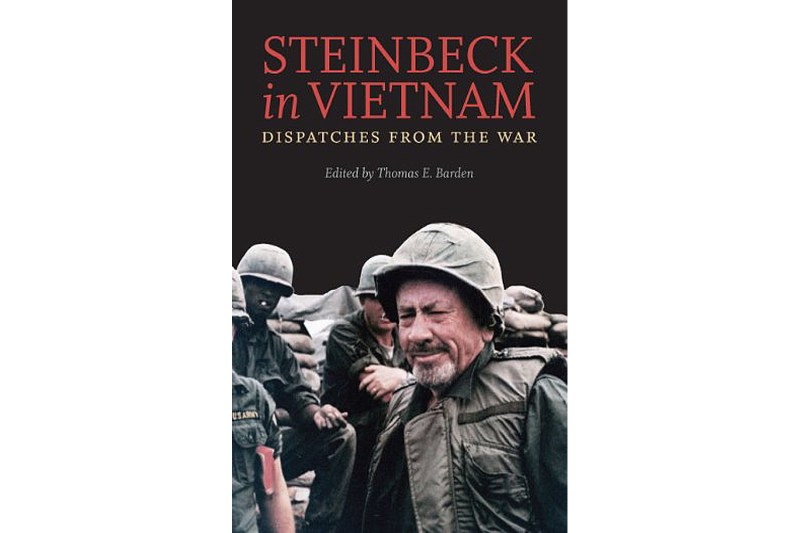
Steinbeck in Vietnam: Dispatches from the War
True, this book is noteworthy in that it was published in 2012, decades after the writer's death, but it's still worth a read for those interested in one of the United States' greatest writers taking on one of his country's most doomed conflicts. Steinbeck, writing in-country during the Vietnam War for American magazines, was curiously pro-war, which may have had something to do with his son concurrently fighting in the field.
Interviewing GIs and highlighting North Vietnamese atrocities, some may see it as a one-sided view, but when viewed from a certain lens, Steinbeck exported his underdog eye to Americans located on a different continent. War is one of the great events in human history. Its greatest writers have always been drawn to it, and here Steinbeck is taking his turn. These would prove to be the author's final published words during his lifetime, collected in one volume for the first time.

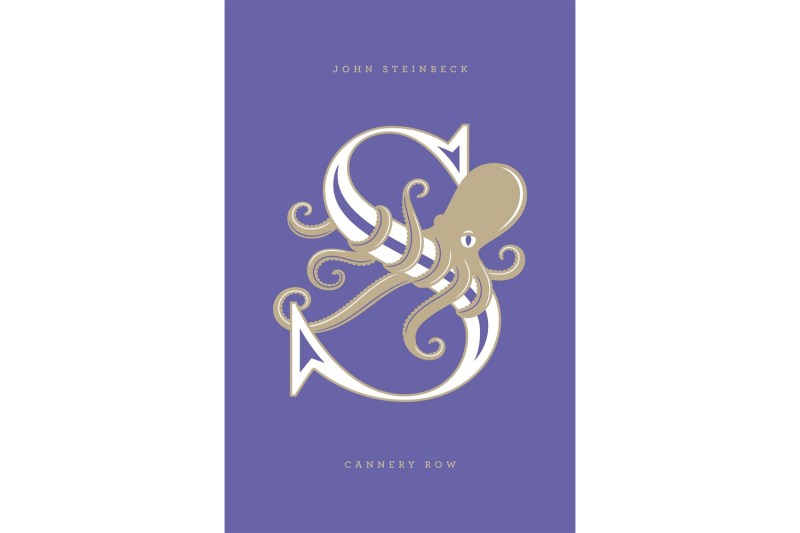
Cannery Row
A body of work can be sliced up in numerous ways: into epochs, archetypes, and even series. But Cannery belongs on this list because it's one of Steinbeck's few comedies. Its sundry cast of characters includes a marine biologist, a grocery owner, and a band of derelicts that spend a good portion of their lives drunk as a band of skunks. It's under this influence that those derelicts, intending to throw a party for the marine biologist, completely trash his home and lab.
Despite the humor throughout, Steinbeck shows his trademark sympathy to his characters, regardless of their shortcomings. Its influence was such that the place that inspired it, Ocean View Avenue in Monterey, Calif., was renamed Cannery Row in honor of the book in 1958.

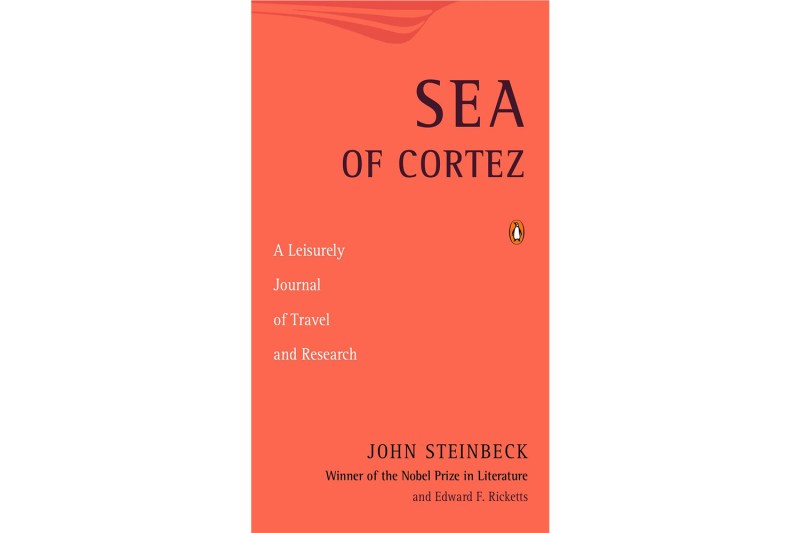
Sea of Cortez: A Leisurely Journal of Travel and Research
You know the joke: A writer and a marine biologist set off in a boat. Well, maybe it's not a joke, but that's at least the setup for Cortez, which was written off a six-week exploration of the Gulf of California. The result, published in 1941, was the narrative of the trip interspersed with Ricketts' specimen entries. Rickets was killed in a train accident in 1948, and in '51, Steinbeck reorganized and republished the book under the title The Log from the Sea of Cortez, which included a eulogy to his friend. While he would return to the road later in his life (and further down this list), Cortez stands as a remarkable blend of storytelling and science through the unlikely bond between the two men.

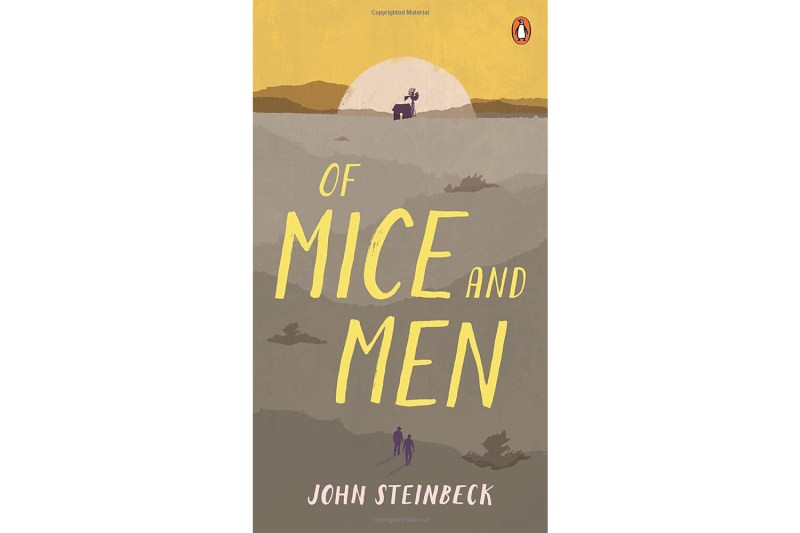
Of Mice and Men
Maybe you were scared off after measuring the thickness of Grapes of Wrath. Start here. Or maybe you're a longtime Steinbeck fan and know his bibliography inside and out. Still start here. While the author published 33 books over his life, many, including Mice, were in novella form, which falls in length somewhere between a long short story and a short novel. Published in 1937, the story follows George Milton and Lennie Small, two out-of-work drifters during the Great Depression looking for work in the agriculturally rich area of Central California.
It's sympathetic to its luckless characters and tender with their hopeful outlook, despite the fact that all the cards stacked against them. Steinbeck is, as always, rooting for the little man. Beyond its elucidation of themes and sympathies that remain the author's life and work, the book has been adapted to theater, TV, and cinema, making it a must-read.

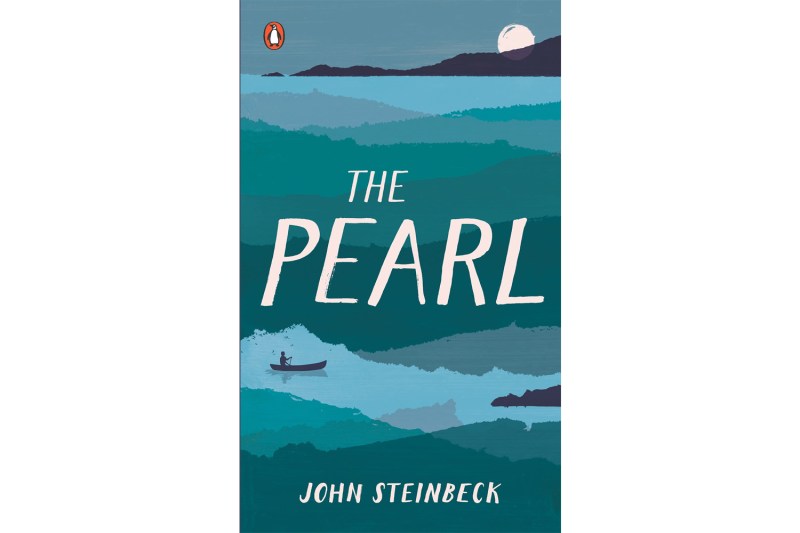
The Pearl
A novella, sure, but really this book could be accurately described as an allegory. It supposedly was based on a Mexican folk tale, and it follows a native pearl diver, Kino, whose son has been stung by a scorpion. Shortly after, he discovers a large pearl in an oyster, which he dubs "the Pearl of the World." Word spreads quickly around the village, and trouble ensues as he races to find aid for his child and realizes the fortune the pearl represents.
Fans of Ernest Hemingway may draw parallels to his Old Man and the Sea, which has a similar theme of great trouble accompanying a windfall. A succinct book with a sober warning.

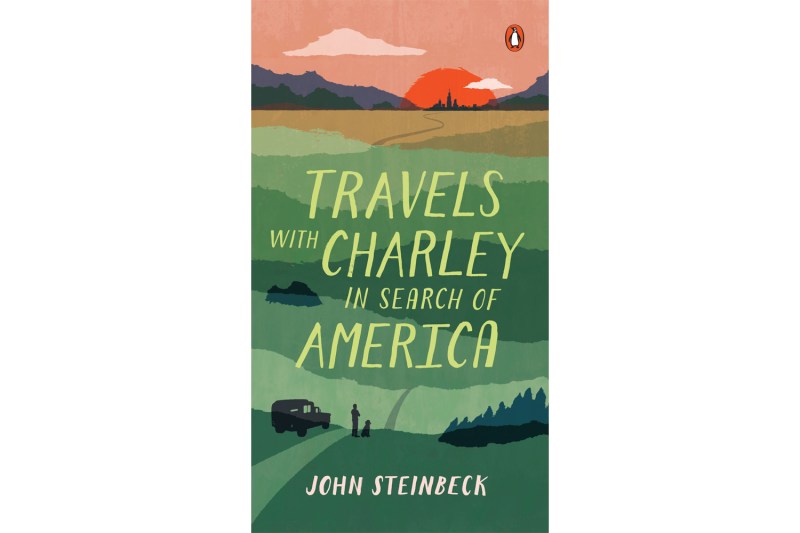
Travels with Charley: In Search of America
A non-fiction travelogue that follows the writer's journey across America and back again, Travels may not have the manic pace of other well-known books in a similar vein (Jack Kerouac's On the Road especially comes to mind), but it allowed Steinbeck to speak to longtime fans with a directness often obscured in his fiction.
Driving a specially adapted truck with a camper shell (a rarity then), he and his trusted poodle Charley travel from his home in Long Island, N.Y. to his place of birth in Salinas, Calif., and then back through the Southern route before returning home, a journey tallied to more than 10,000 miles. Like Frenchman Alexis de Tocqueville a century earlier, Steinbeck found much to celebrate as well as much with which to be concerned.


East of Eden
There's only one pole position, so we select Eden, which was viewed by the author as the epitome of his work. Who are we to contradict? This sprawling tale uses a biblical allegory with the book of Genesis, hinting at the Cain and Abel throughout as the two brother protagonists both try to please an imperfect father. Granted, it spans generations of the fictitious family to explain the current conflict, but it wraps with a surprisingly uplifting message of reconciliation and change despite tragedy.
Bonus: Adapted to film by Elia Kazan in 1955, it featured a fresh-faced James Dean in one of his few major roles, and while the movie heavily condensed the original story, it remains a quintessential piece of cinema.

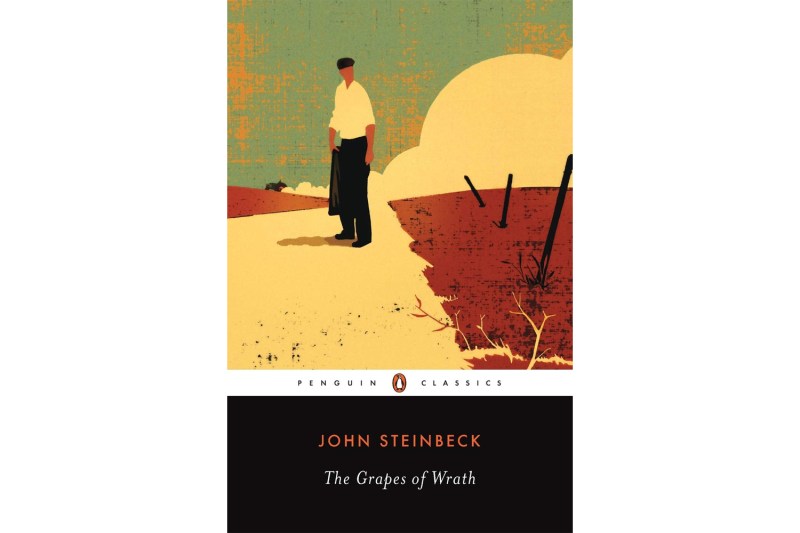
The Grapes of Wrath
Taking the top spot, as part of Steinbeck's unofficial Dustbowl Trilogy, which also includes Of Mice and Men, this is considered by many to be the author's greatest work -- one of the main reasons schools across the country read it.
It follows an Oklahoman family's migration west to California during the Great Depression, and, like Upton Sinclair's The Jungle, it's unsparing in its judgment on the rich and powerful for their role in the family's (and, by greater extent, the country's) suffering. It closes with a scene that few forget. A long read but every bit as worthwhile, especially as the United States exits its pandemic recession, during which the rich got richer and the poor got poorer.

While our list only contains eight of the best Steinbeck penned, you'll be hard-pressed to find any better to start off with than this list. And as Steinbeck himself once said, " I guess there are never enough books." Right you are, Mr. Steinbeck.




